Architectural Odyssey: Shanghai's Timeless Journey
Embark on a free walking tour that celebrates Shanghai's architectural marvels, blending rich history with modern elegance, perfect for enthusiasts of art and culture.
Time
3 Hours
Stops
9 Places
Distance
6.5 km
The Bund
Start your tour at The Bund, Shanghai's iconic waterfront promenade known for its stunning juxtaposition of colonial-era architecture and views of the modern skyline across the Huangpu River.
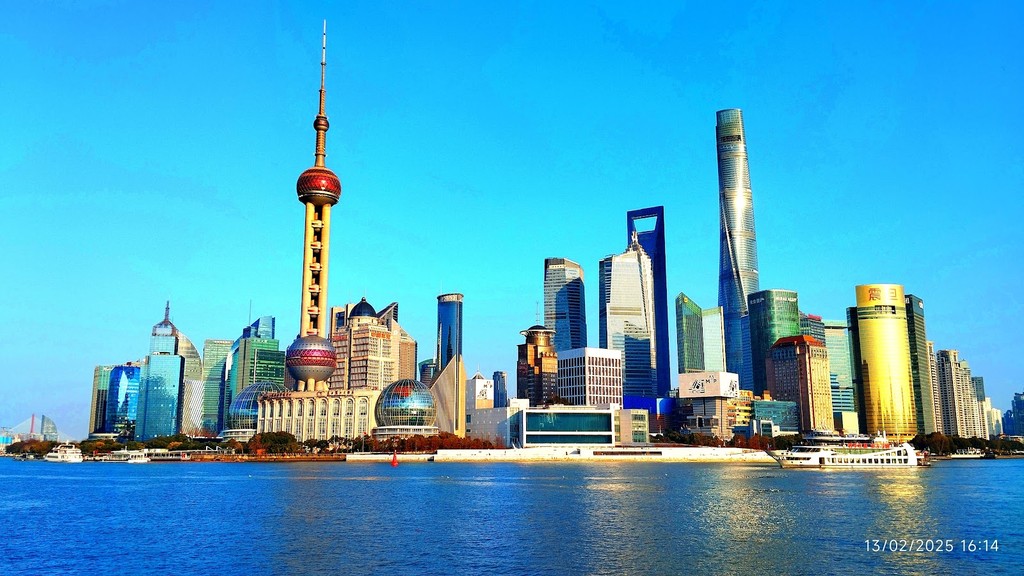
The Bund (Source: Google Maps)
The Bund is a stunning waterfront promenade in Shanghai, renowned for its historical significance and architectural beauty. Stretching along the Huangpu River, it features a remarkable collection of colonial-era buildings that reflect various architectural styles, including Gothic, Baroque, and Art Deco. Originally developed in the 19th century as a trading hub, the Bund showcases Shanghai's rapid growth and modernization. Today, it stands as a symbol of the city’s rich history, offering breathtaking views of the modern skyline across the river, including the iconic Oriental Pearl Tower and Shanghai Tower. The juxtaposition of the historic buildings and contemporary skyscrapers creates a unique visual narrative of Shanghai's evolution from a humble port to a global metropolis.
Fairmont Peace Hotel
Just a short walk from The Bund, this historic hotel is a masterpiece of Art Deco architecture, offering a glimpse into Shanghai's glamorous past.
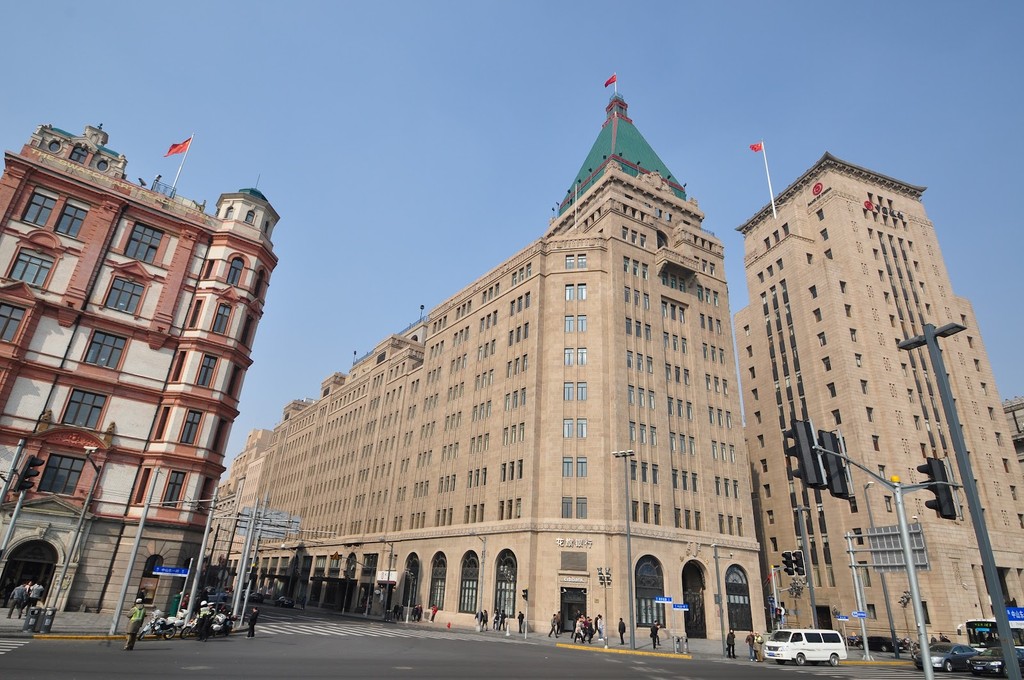
Fairmont Peace Hotel (Source: Google Maps)
The Fairmont Peace Hotel, an architectural gem located on the Bund, is a prime example of Art Deco design. Opened in 1929, it was once the most luxurious hotel in the East, catering to the elite of Shanghai and foreign dignitaries. The hotel’s exterior features a distinctive green roof and intricate detailing, while its interior boasts lavish ballrooms and historic decor that transport visitors back to its glamorous past. The Peace Hotel has hosted numerous notable guests and events, making it a significant landmark in Shanghai’s social history. Today, it continues to offer a glimpse into the opulence of the 1920s, with its jazz bar being a popular spot for both locals and tourists, showcasing the enduring allure of this historic establishment.
Rockbund Art Museum
Continuing along the Bund, this contemporary art museum showcases modern art exhibitions in a beautifully restored Art Deco building.
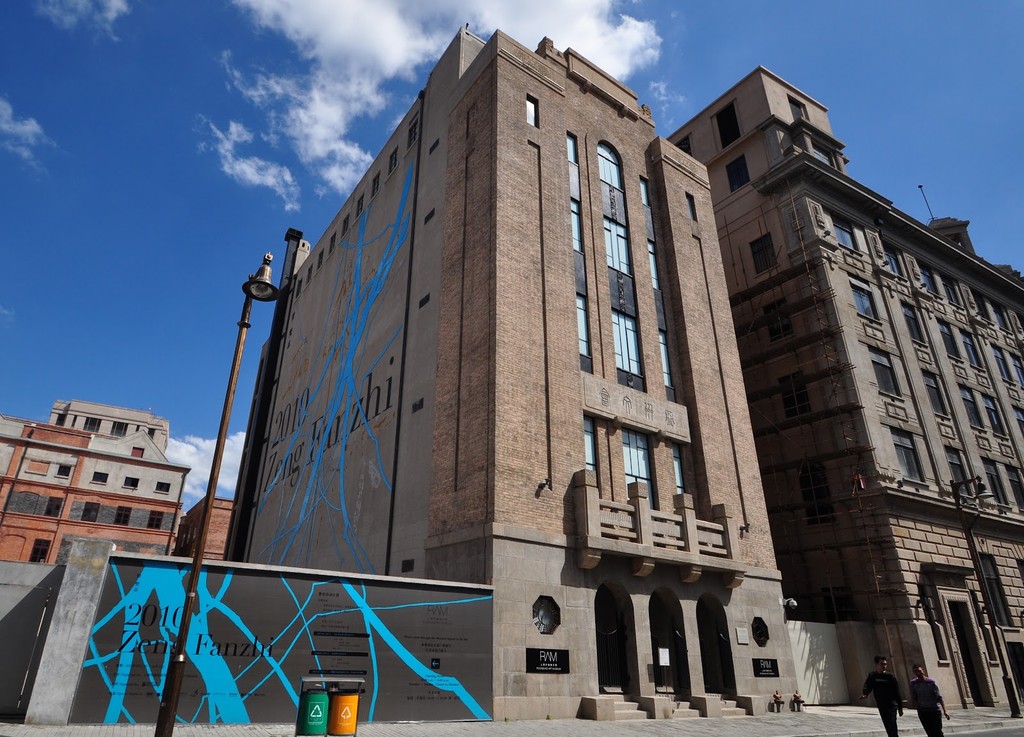
Rockbund Art Museum (Source: Google Maps)
The Rockbund Art Museum, situated along the Bund, is a contemporary art space housed in a beautifully restored Art Deco building that dates back to the 1920s. Opened in 2010, the museum aims to promote modern art and culture, featuring rotating exhibitions that showcase both Chinese and international artists. The architecture of the museum itself is a blend of historical elegance and modern functionality, making it a fitting venue for innovative art displays. Its mission is to engage the public with contemporary art, fostering a dialogue between the past and present. The museum has become a cultural landmark in Shanghai, attracting art lovers and tourists alike, and serves as a platform for artistic exchange and education.
Nanjing Road East
A bustling pedestrian street known for its vibrant mix of historic and modern architecture, Nanjing Road East is perfect for experiencing Shanghai's commercial and cultural dynamism.
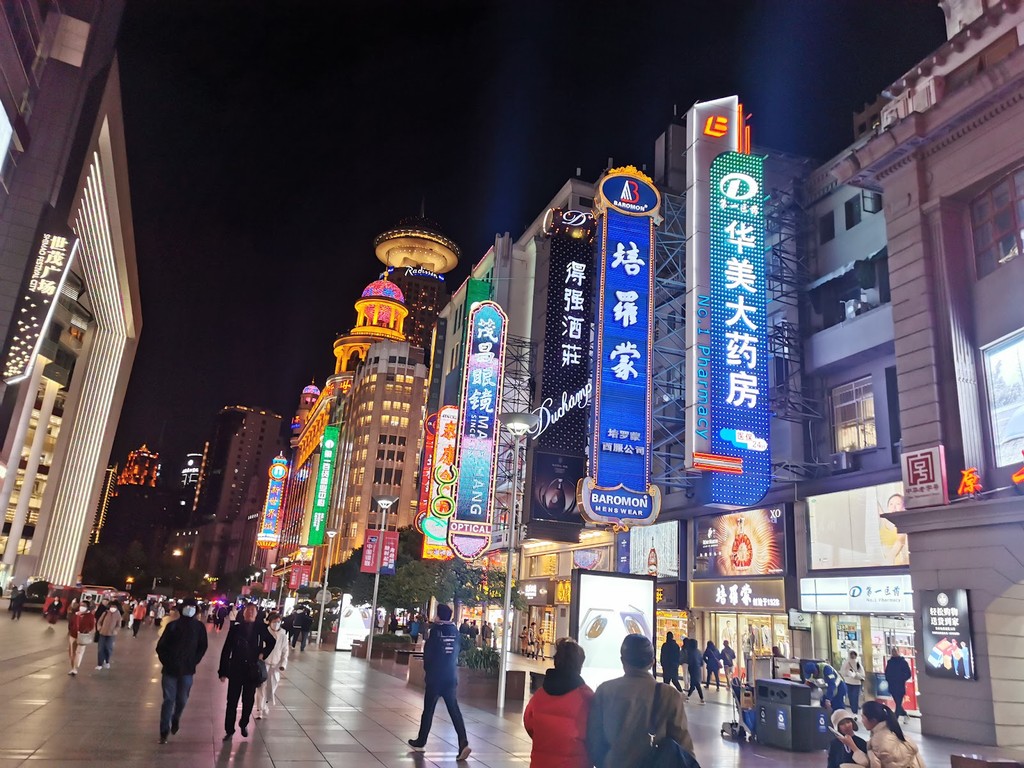
Nanjing Road East (Source: Google Maps)
Nanjing Road East is one of the world's busiest pedestrian streets and a vibrant shopping district in Shanghai. Stretching from the Bund to People's Square, it is lined with a mix of historic and modern architecture, showcasing the city’s dynamic commercial landscape. The road is home to numerous flagship stores, boutiques, and restaurants, making it a hub for both shoppers and tourists. Historically, Nanjing Road has been a significant thoroughfare since the late 19th century, evolving from a quiet street to a bustling commercial center. The street's neon lights and lively atmosphere exemplify Shanghai's modernity, while its historic buildings remind visitors of the city’s rich heritage. Nanjing Road East is not just a shopping destination; it is a cultural experience that reflects the essence of Shanghai.
People's Square
A large public space surrounded by important cultural buildings, People's Square is a central hub in Shanghai, perfect for appreciating the city's blend of traditional and modern influences.
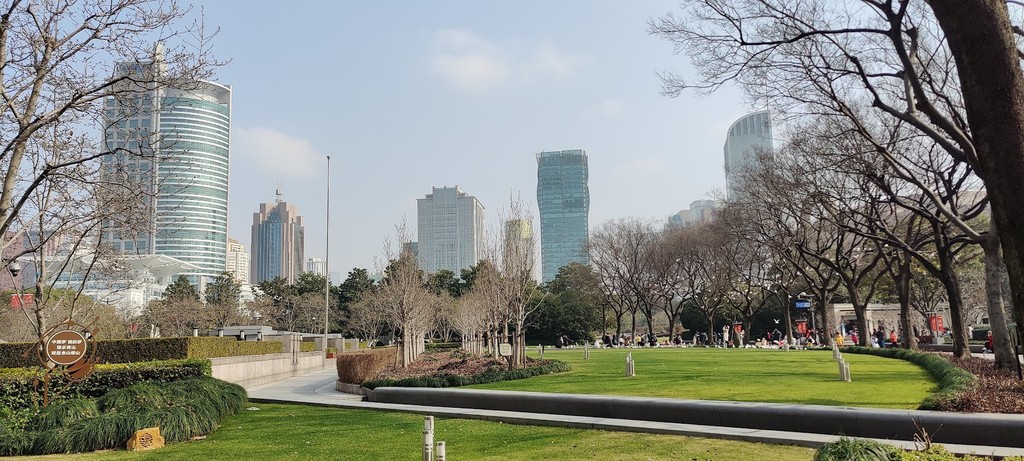
People's Square (Source: Google Maps)
People's Square is a large public space in the heart of Shanghai, surrounded by significant cultural institutions and government buildings. It serves as a central hub for both locals and tourists, offering a blend of leisure, culture, and history. The square was originally the site of a horse racing track before being transformed into a public park in the 1950s. Today, it is home to the Shanghai Museum, the Shanghai Grand Theatre, and the Urban Planning Exhibition Center, making it a focal point for cultural activities. The square is designed to accommodate large gatherings, including public performances and festivals, fostering a sense of community. Surrounded by modern skyscrapers, People's Square encapsulates the blend of traditional and contemporary influences that define Shanghai, making it a must-visit landmark.
Shanghai Urban Planning Exhibition Center
This center provides a fascinating insight into Shanghai's urban development, showcasing both historical evolution and futuristic plans with its impressive scale model of the city.
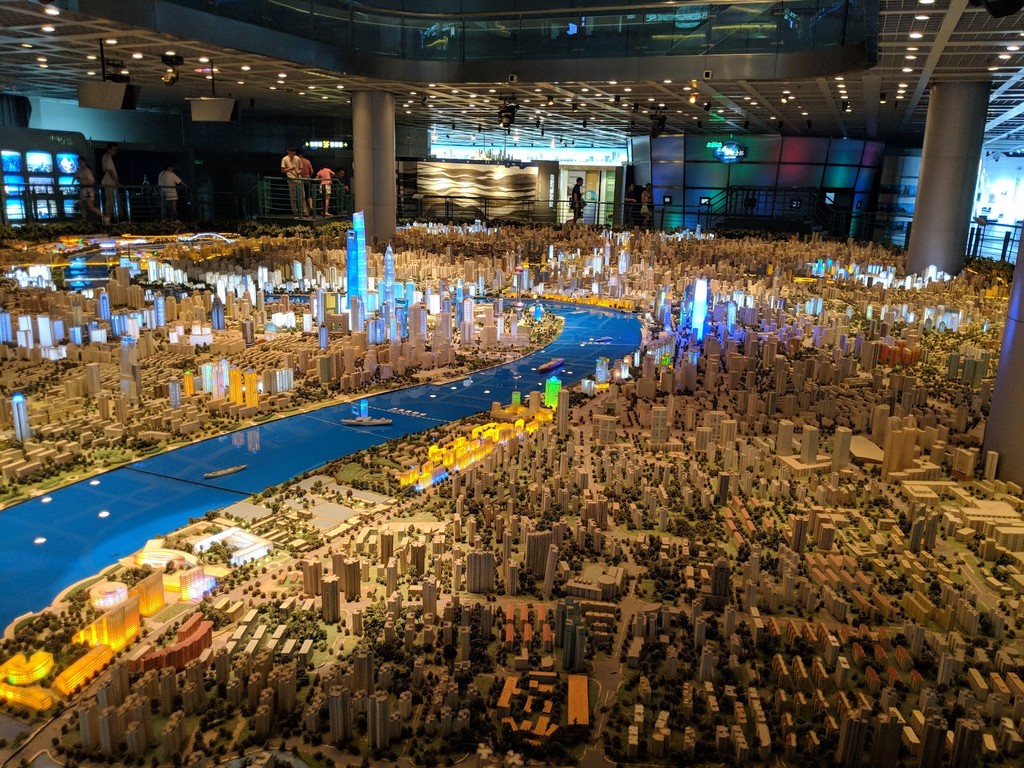
Shanghai Urban Planning Exhibition Center (Source: Google Maps)
The Shanghai Urban Planning Exhibition Center offers a comprehensive insight into the city’s urban development and future planning. Located near People's Square, the center features an impressive scale model of Shanghai, showcasing its extensive urban landscape and architectural evolution. The exhibition includes informative displays about the city’s history, growth, and the innovative projects that shape its future. Visitors can explore various aspects of urban planning, including sustainable development and smart city initiatives. The center serves as an educational resource for both residents and tourists, highlighting the challenges and achievements of urbanization in one of the world’s largest cities. Its modern architecture reflects the forward-thinking spirit of Shanghai, making it a significant destination for those interested in urban studies and planning.
Shanghai Museum
Located in People's Square, the Shanghai Museum offers an extensive collection of ancient Chinese art, providing a deeper understanding of China's rich history and culture.
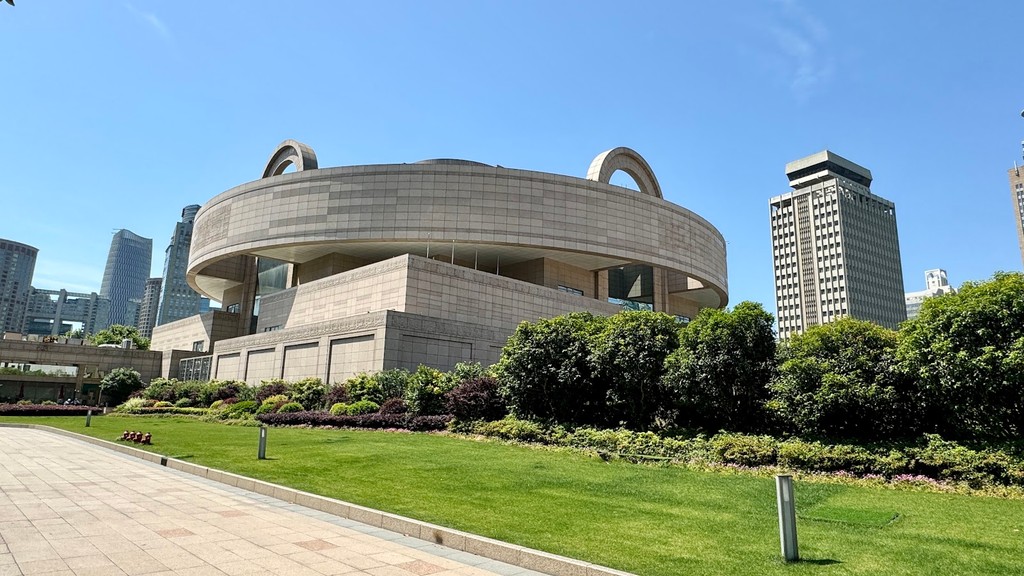
Shanghai Museum (Source: Google Maps)
The Shanghai Museum, located in the heart of People's Square, is renowned for its extensive collection of ancient Chinese art and artifacts. Established in 1952, the museum showcases over 120,000 pieces, including ceramics, paintings, calligraphy, and historical relics, providing a deep insight into China's rich cultural heritage. The museum’s architecture is itself a work of art, designed to resemble a traditional Chinese ding vessel, symbolizing the harmony between ancient culture and modern design. Each gallery is meticulously curated, allowing visitors to explore different dynasties and artistic styles throughout Chinese history. The museum not only serves as a repository of art but also as an educational institution, hosting lectures and workshops that promote Chinese culture. Its free admission policy makes it accessible to a wide audience, reinforcing its status as a cultural landmark in Shanghai.
Yu Garden
Venture into the historical Yu Garden, a classical Chinese garden offering tranquility and traditional architecture amidst the bustling city.
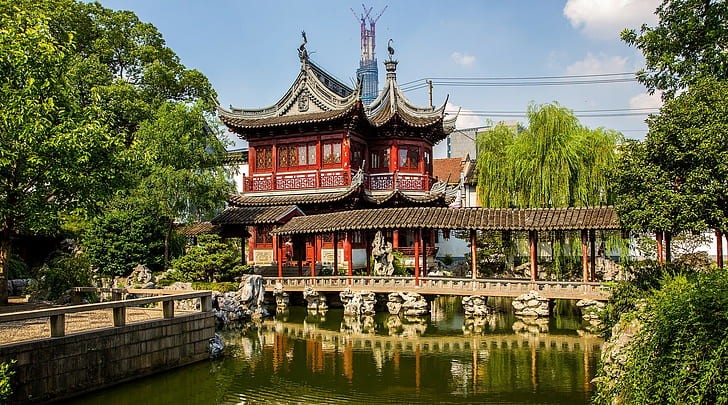
Yu Garden (Source: Google Maps)
Yu Garden, also known as Yuyuan Garden, is a classical Chinese garden located in the heart of Shanghai. Established during the Ming Dynasty in the 16th century, it showcases the exquisite art of traditional Chinese landscaping, featuring pavilions, rockeries, ponds, and lush greenery. The garden is a serene escape from the bustling city, designed to reflect the harmony between nature and architecture. Each section of Yu Garden is meticulously crafted, with intricately designed structures and tranquil pathways that invite contemplation and relaxation. It is not only a place of beauty but also holds historical significance, as it was originally built as a private garden for a government official. Today, Yu Garden is a popular tourist attraction that highlights the rich cultural heritage of Shanghai, offering visitors a glimpse into the artistry and philosophy of classical Chinese garden design.
Yuyuan Bazaar
Adjacent to Yu Garden, the Yuyuan Bazaar is a vibrant market area where you can explore traditional Chinese crafts and sample local snacks.
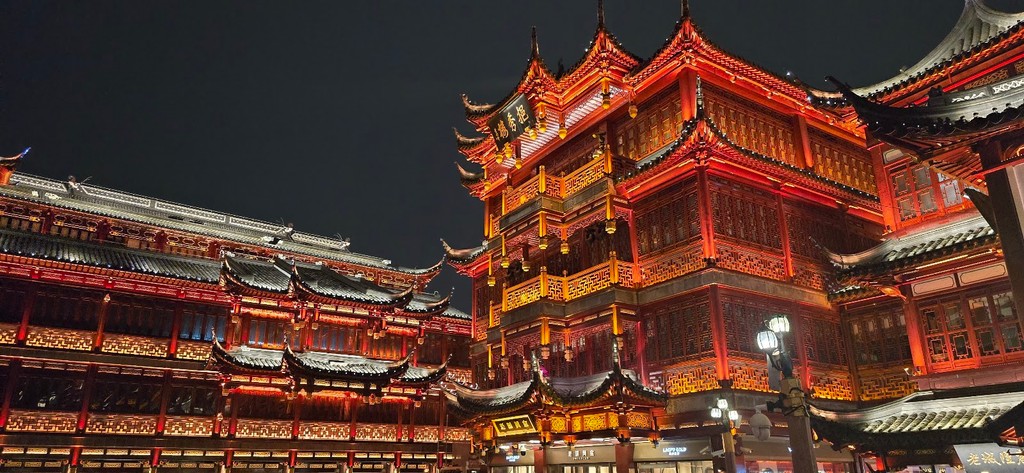
Yuyuan Bazaar (Source: Google Maps)
Adjacent to Yu Garden, the Yuyuan Bazaar is a lively market area that offers a vibrant mix of traditional Chinese crafts, snacks, and souvenirs. The bazaar is set within a historical context, featuring architecture that reflects the style of the Ming and Qing Dynasties, enhancing the shopping experience with a sense of cultural authenticity. Visitors can explore a variety of shops selling handmade goods, silk products, and local delicacies, making it a perfect place to immerse oneself in the local culture. The bazaar is a hub of activity, especially during festivals, when it becomes a focal point for traditional performances and celebrations. Its proximity to Yu Garden makes it an ideal complement to a visit to the garden, allowing guests to enjoy both the tranquility of nature and the bustling energy of local commerce. The Yuyuan Bazaar serves as a testament to Shanghai's rich cultural tapestry, blending history with modern consumer culture.

Your travels, your rules.
Create your own Free Walking Tours.
Set your preferences, distances and anything you want to do or see.
Completely free, no payment required.